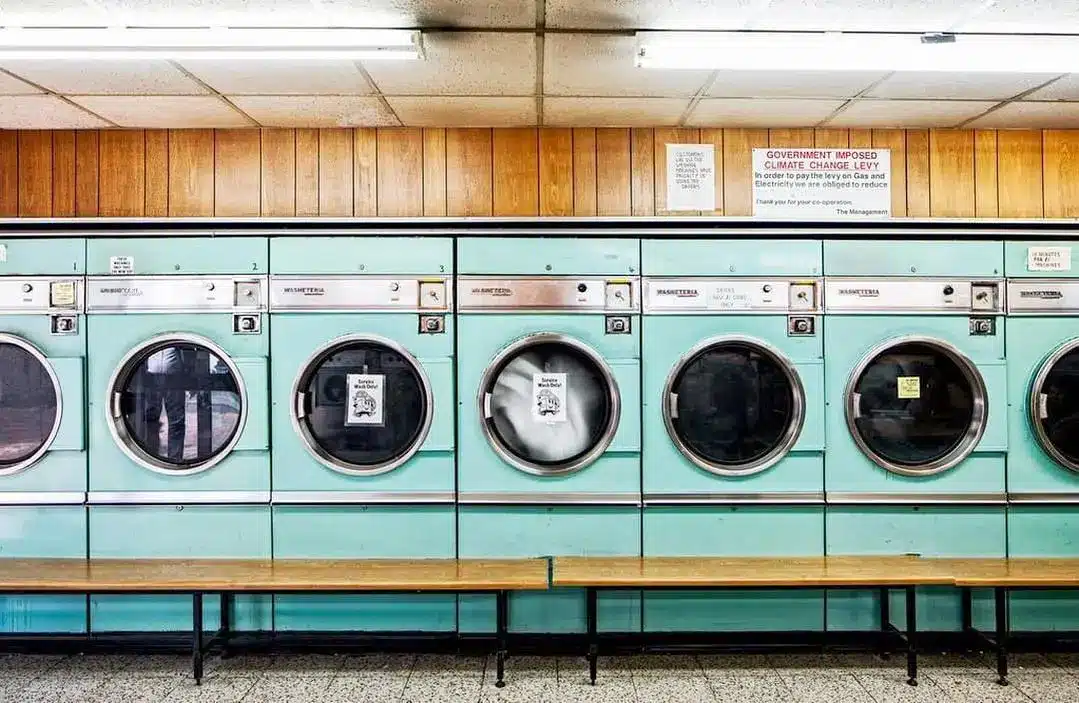NFT wash trading refers to the fraudulent trading activity that plagues the non-fungible market and skews trading data. Often, it’s a way to drum up artificial volume for a collection in order to make it appear more popular than it is. There is also a contentious theory that it is used to claim outsize rewards on platforms that incentivize NFT trading with governance tokens; these tokens are used to confer voting rights and trade profitably on secondary markets.
Wash trading filters are an attempt to compensate for all this spurious data and produce a more accurate image of genuine demand for NFTs. It is an admittedly subjective analysis; discounting NFT trades that are submitted for the purpose of earning fungible governance tokens could undermine what some consider a legitimate trading strategy. It also risks distorting the market in the direction of what the entity applying the wash trading filter thinks the “real” market looks like.
Nevertheless, it can still be helpful to differentiate between legitimate and fraudulent trades in order to create a picture of a market that more closely approximates the truth.
How Do NFT Wash Trading Filters Work?
For the most part, these wash trading filters are created behind closed doors and applied without too much explanation. One project offering a filter, CryptoSlam, does not publish the details of its algorithm. Similarly, until recently, crypto analytics company Nansen didn’t explain how its own NFT wash trading filter worked, though it did eventually go into some detail in a blog post (though the code itself remains inaccessible).
Originally, the company wrote, wash trading was less sophisticated, and it was easy to discount trades originating from certain wallets that generated little “organic activity”—that is, authentic buying and selling.
However, Nansen says the wash traders have since grown more cunning, misleadingly generating both organic and fraudulent trading from the same addresses.
To avoid blacklisting genuine trades, Nansen updated its filter to focus on a number of red flags:
- “Self trades,” where the buy and sell orders come from the same address;
- “Circular trades,” where the NFT is eventually returned to the original seller;
- “Same funder” transactions, where buyers and sellers use money from the same third-party address;
- Trades involving flash loans, a kind of instantaneously repaid crypto loan used to quickly generate outsize returns;
- “Bounce trades,” where different addresses trade with one another at a premium; and
- “Multi-trade premiums,” where an NFT is traded at a premium between any number of traders.
This updated heuristic has filtered out a huge number of previously flagged transactions. Wash trading, Nansen concluded, occurs across a relatively low number of trades at a very high volume.
Open Source
Not all filters are developed by private companies. One of the most popular open-source NFT wash trading filters was created by a pseudonymous data analyst named Hildobby, who published his findings in a blog post on Dune Analytics, the analytics site that hosts his trading filter.
Similar to Nansen, Hildobby’s method filters for a number of different kinds of trades: those where the buyers are the sellers, where NFTs are traded back and forth between two different wallets; those where the address has bought the same NFT at least three times; and trades where the buyer and the seller were initially funded by the same wallet. In applying that filter, at the time of writing, Hildobby’s dashboard asserts that 42.46% of NFT trading volume is fake.
How About “Market Making” Strategies?
There is, understandably, a debate over whether trades that offer sizable rewards for bulk trading of NFTs even constitute wash trading. Nansen, for its part, believes that they constitute not wash trading but “market making”—that is, helpfully taking the other side of a trade in an illiquid market. That’s why its own filter allows for odd sales that nevertheless trade at a fair price, while removing those that include flash loans or implausible premiums.
However, CryptoSlam believes that these market-making strategies are, indeed, wash trading. It updated its algorithm to filter out these trades, wiping out about half of Blur-related NFT sales revenue.
Even so, the specifics of CryptoSlam’s filter remain proprietary, meaning it is impossible to verify how its algorithm works. Blur’s management, unsurprisingly, disputed the new algorithm on account of its opaqueness—advising that individuals defer to Hildobby’s dashboard instead.
Still, given the rapid pace at which scammers innovate, the methodology is bound to change anyway. At least for now, these filters remain a useful, if imperfect, counterbalance against the deluge of fake trades.




